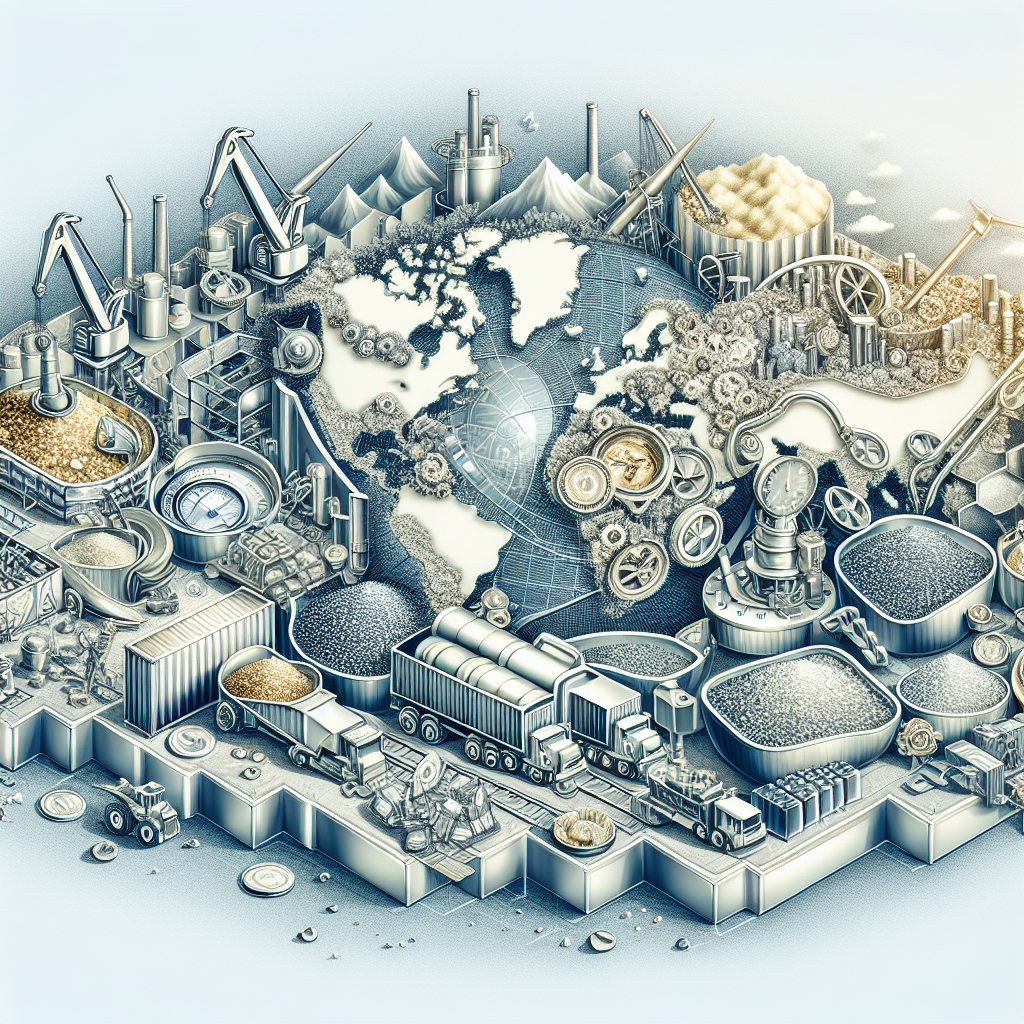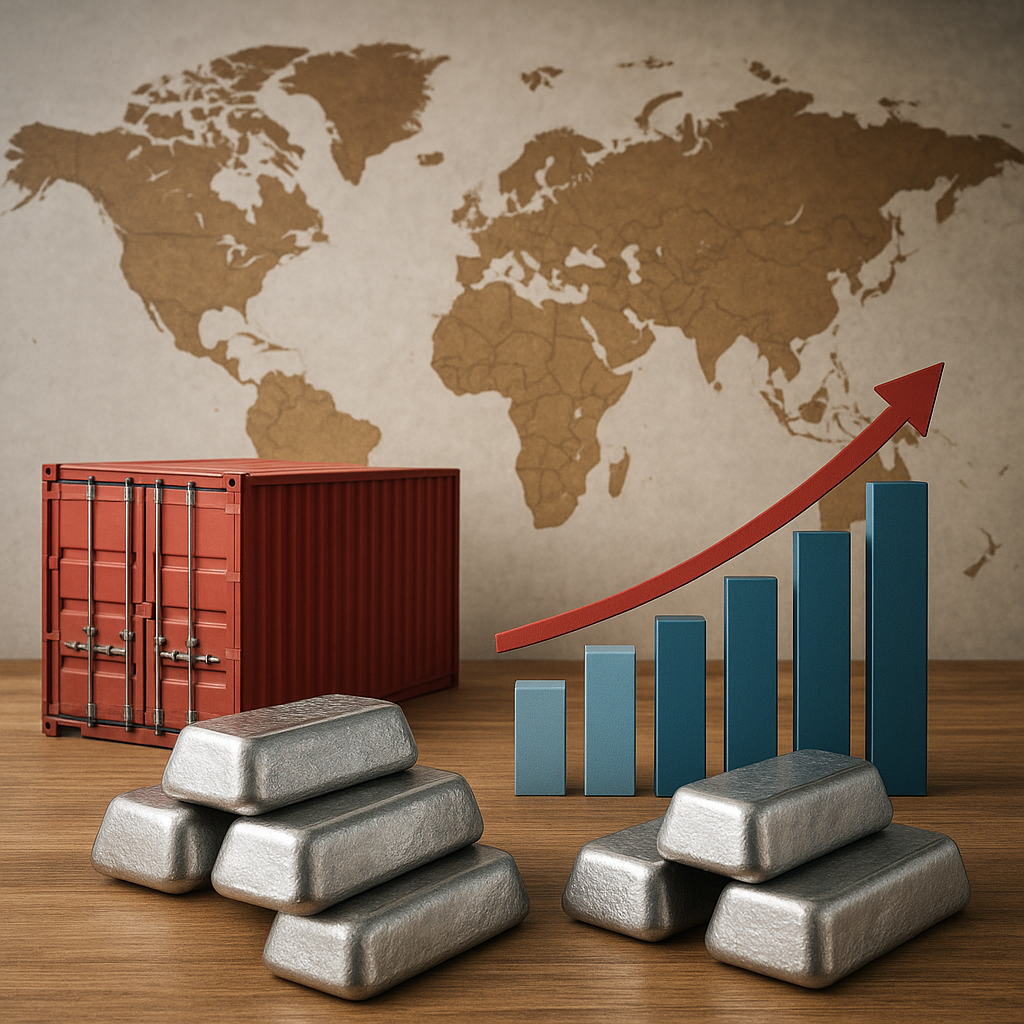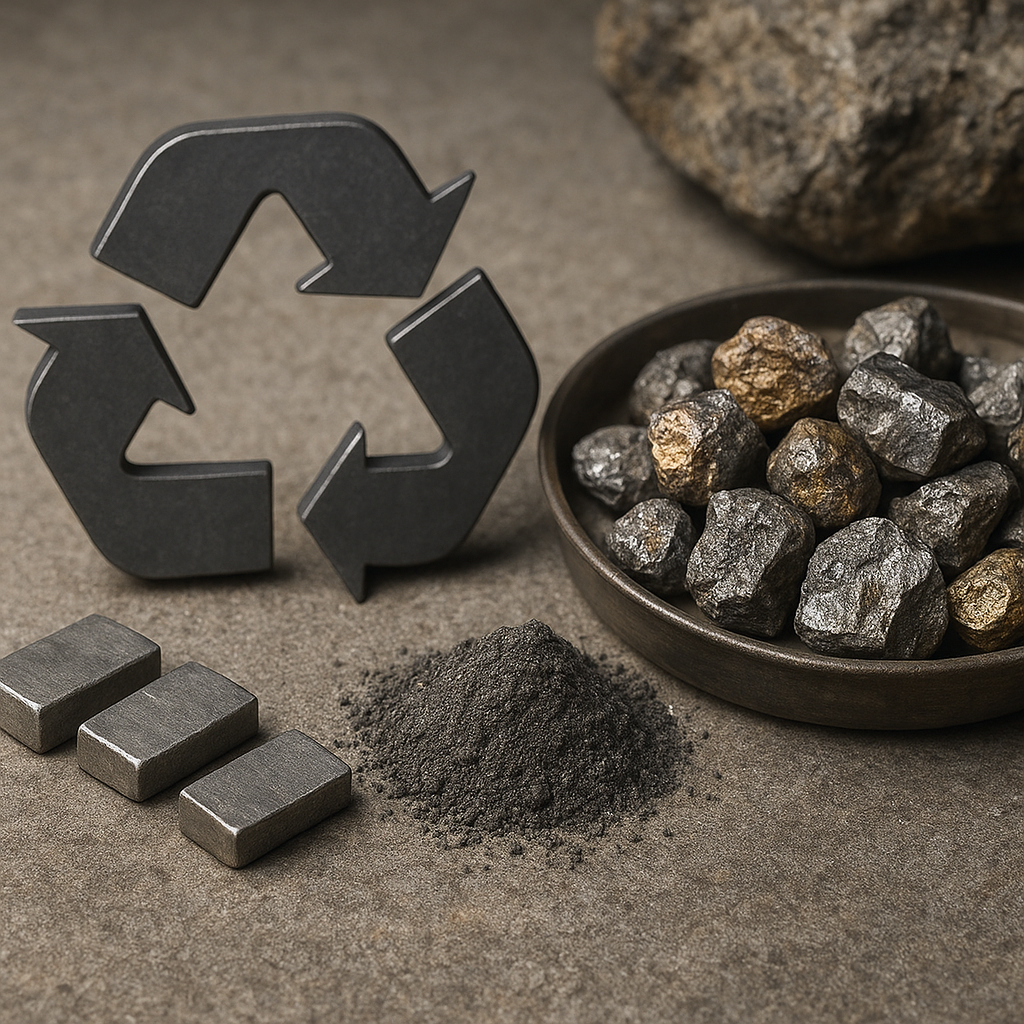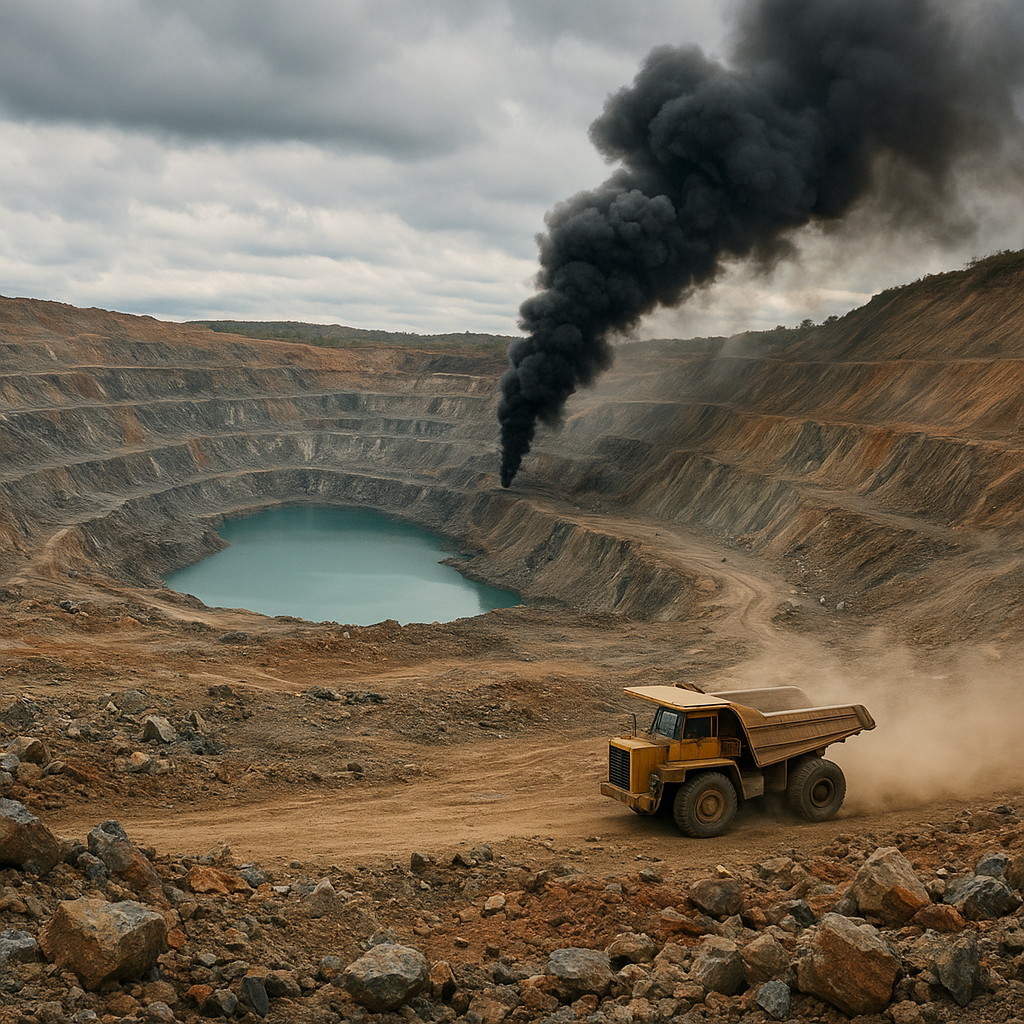The rare metals industry is a critical component of the global economy, playing a pivotal role in the development of advanced technologies and sustainable energy solutions. However, this industry faces numerous challenges that span the entire supply chain, from exploration to export. Understanding these challenges is essential for stakeholders aiming to secure a stable supply of these vital resources.
Exploration: The Quest for Rare Metals
The exploration phase is the foundation of the rare metals industry, as it involves identifying and assessing potential deposits of these valuable resources. Rare metals, such as lithium, cobalt, and rare earth elements, are essential for the production of high-tech devices, electric vehicles, and renewable energy technologies. However, discovering economically viable deposits is a complex and costly endeavor.
One of the primary challenges in exploration is the geological scarcity of rare metals. These elements are often dispersed in low concentrations across vast areas, making it difficult to locate significant deposits. Advanced geophysical and geochemical techniques are employed to improve the accuracy of exploration efforts, but these methods require substantial investment and expertise.
Moreover, exploration activities are often subject to stringent environmental regulations and land use restrictions. Many potential rare metal deposits are located in ecologically sensitive areas or regions with competing land use interests, such as agriculture or urban development. Navigating these regulatory landscapes requires careful planning and collaboration with local communities and governments.
Another challenge is the geopolitical risk associated with exploration. Rare metal deposits are unevenly distributed across the globe, with significant reserves located in politically unstable regions. Companies must assess the risks of operating in these areas, including potential conflicts, changes in government policies, and expropriation of assets.
Extraction and Processing: Overcoming Technical and Environmental Hurdles
Once a viable deposit is identified, the next step is extraction and processing, which present their own set of challenges. The extraction of rare metals often involves complex and energy-intensive processes, as these elements are typically found in ores with low concentrations. This necessitates the use of advanced technologies and significant capital investment to ensure efficient and cost-effective extraction.
Environmental concerns are a major issue in the extraction and processing of rare metals. The mining and refining processes can result in significant environmental degradation, including habitat destruction, water pollution, and greenhouse gas emissions. Companies are under increasing pressure to adopt sustainable practices and minimize their environmental footprint. This includes implementing measures such as waste reduction, water recycling, and the use of cleaner energy sources.
Technological advancements are crucial in addressing these challenges. Innovations in extraction and processing technologies can improve efficiency, reduce costs, and minimize environmental impacts. For example, the development of solvent extraction and ion exchange techniques has enhanced the ability to separate and purify rare metals from complex ores.
Additionally, the industry faces challenges related to workforce development and skills shortages. The extraction and processing of rare metals require specialized knowledge and expertise, which can be difficult to find in certain regions. Companies must invest in training and development programs to build a skilled workforce capable of meeting the demands of this rapidly evolving industry.
Export and Market Dynamics: Navigating Global Supply Chains
The final stage of the rare metals supply chain involves exporting these valuable resources to global markets. This phase is influenced by a range of factors, including market demand, trade policies, and geopolitical tensions. Understanding and navigating these dynamics is crucial for companies seeking to maximize their market opportunities.
One of the key challenges in the export of rare metals is market volatility. The demand for these elements is closely tied to the performance of high-tech industries and the adoption of renewable energy technologies. Fluctuations in demand can lead to price instability, affecting the profitability of rare metal producers. Companies must develop strategies to manage these risks, such as diversifying their product offerings and entering into long-term supply agreements.
Trade policies and tariffs also play a significant role in shaping the export landscape. Governments may impose restrictions on the export of rare metals to protect domestic industries or for strategic reasons. These policies can create barriers to market entry and limit the ability of companies to access international markets. Engaging in advocacy and building strong relationships with policymakers can help companies navigate these challenges.
Geopolitical tensions further complicate the export of rare metals. As these resources are critical to national security and technological advancement, countries may seek to secure their supply chains by establishing strategic partnerships or investing in domestic production capabilities. Companies must be aware of these geopolitical dynamics and adapt their strategies accordingly to ensure a stable supply of rare metals.
In conclusion, the rare metals industry faces a myriad of challenges that span the entire supply chain, from exploration to export. Addressing these challenges requires a multifaceted approach, involving technological innovation, sustainable practices, and strategic market engagement. By understanding and overcoming these obstacles, stakeholders can secure a stable supply of rare metals and support the continued growth of high-tech and renewable energy industries.












